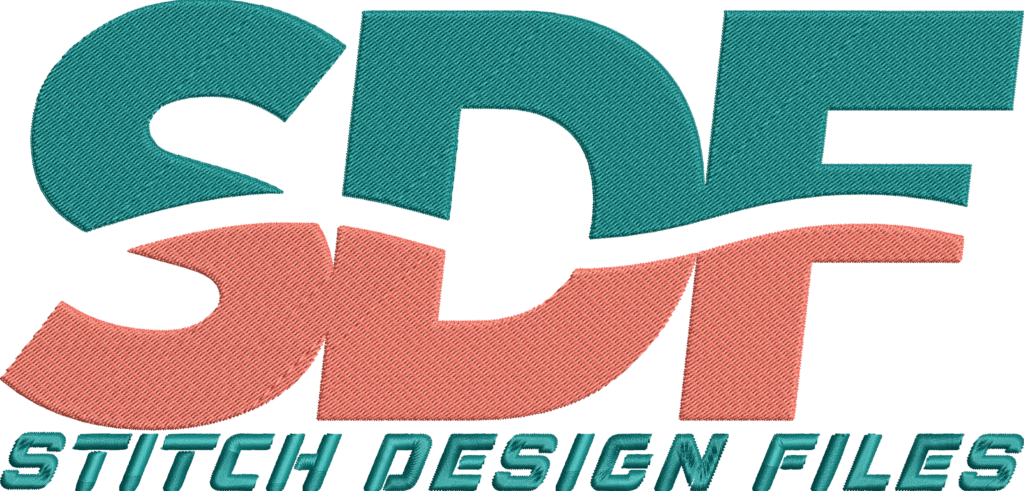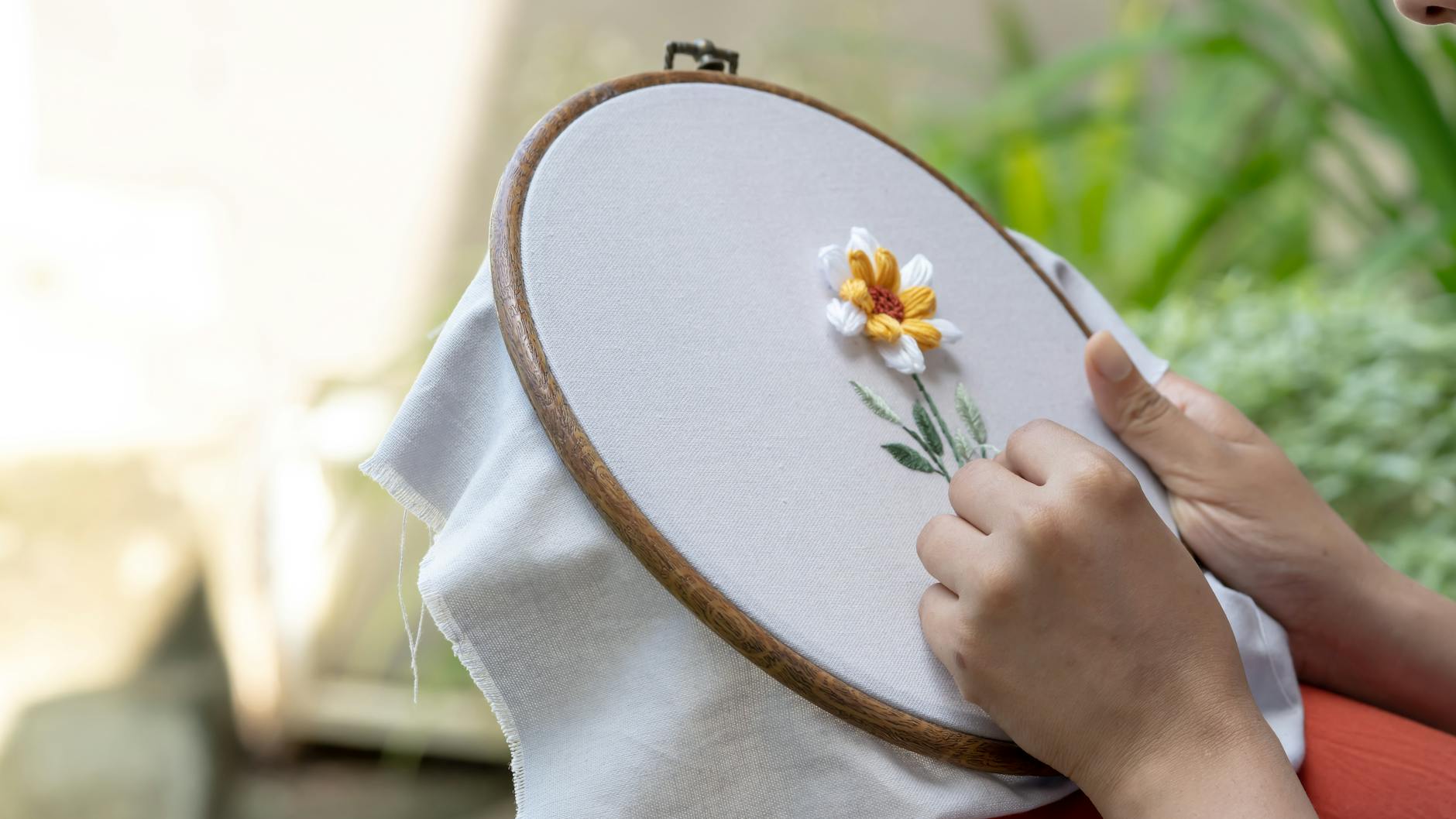No products in the cart.
Embroidery Tips & Guides
How to Use Piglet Embroidery Designs for Machine Projects
How to Use Piglet Embroidery Designs for Machine Projects
Piglet embroidery designs have become increasingly popular among embroidery enthusiasts and small business crafters. These machine embroidery files bring charming and detailed piglet motifs to a range of projects, from clothing embellishments to plush toys. Understanding how to select, prepare, and stitch these designs is essential for achieving professional and visually appealing results.
- Piglet embroidery designs come in various types, including appliqué, plush toys, and character art, supporting diverse creative projects.
- Machine embroidery files are available in multiple formats such as PES and DST, compatible with most embroidery machines including Brother.
- Preparation steps include selecting appropriate fabric, stabilizer, threads, and hoop sizing to match the design specifications.
- In-the-hoop (ITH) techniques allow for seamless appliqué and plush toy construction, simplifying multi-step assembly.
- Following design instructions and conducting test stitching improve stitch quality and color accuracy.
Introduction to Piglet Embroidery Designs
Piglet embroidery designs cater to diverse users—from beginners embarking on their first machine embroidery projects to seasoned crafters and entrepreneurs selling handmade goods. These designs offer a versatile way to personalize apparel, accessories, home décor, and children’s items such as plush toys. Utilizing digital embroidery downloads allows for immediate access to high-quality files compatible with popular embroidery machines, including but not limited to Brother models. The ability to integrate charming piglet motifs can enhance product appeal and creative satisfaction among hobbyists and small business owners alike.
What Are Piglet Embroidery Designs?
Piglet embroidery designs represent digitized patterns of pig-themed imagery specifically optimized for machine embroidery. These designs include a variety of styles such as:
- In-the-Hoop (ITH) Appliqué: Designs that allow crafters to stitch piglet shapes using fabric appliqué pieces inside the embroidery hoop, suitable for clothing and fabric accessories.
- Plush Toy Patterns: Complex multi-step designs that guide the machine in sewing fabric layers, stuffing, and finishing a three-dimensional piglet toy entirely in the hoop.
- Themed Character Art: Digitally rendered piglet motifs based on popular characters like Winnie-the-Pooh’s Piglet, often employing multicolor stitching techniques such as watercolor effects.
These designs are typically available in several hoop sizes, which can range from small 4×4 inches for accents or patches to large sizes up to 8×14 inches for detailed plush toys or statement pieces. Ensuring compatibility with one’s embroidery machine format, such as PES format common for Brother machines, is a critical step before beginning a project.
Preparing to Use Piglet Machine Embroidery Files
Selecting Files and Formats
Choosing the right piglet embroidery design file includes confirming the file format is supported by the embroidery machine. Popular file types include DST, PES, JEF, HUS, and XXX. For example, Brother embroidery patterns most commonly utilize the PES format, known for wide compatibility and efficient stitching instructions.
Designs also vary by hoop size, so selecting a file that matches the available embroidery hoop is essential to fit the design and avoid stitching outside the designated area.
Materials and Machine Setup
Preparation involves gathering:
- Fabric: Choices depend on the project type—cotton for clothing, plush fabric for toys, or canvas for accessories.
- Stabilizer: Proper stabilizer is vital to prevent puckering and ensure clean stitches; the type should correspond to the fabric weight.
- Threads: Use embroidery threads matching the color palette specified by the design instructions, often included in accompanying PDFs.
- Embroidery Hoop: The hoop must accommodate the design size and secure the fabric tautly.
Once materials are ready, transfer the embroidery file to the machine. This is commonly achieved via USB, memory card, or direct connection. Selecting the design on the machine interface enables configuring hoop size and position, with orientation adjustments made to suit the project’s final placement.
Executing Piglet Embroidery Projects
In-the-Hoop Piglet Projects
Using ITH techniques significantly simplifies complex piglet designs. For appliqué, the machine sequentially stitches placement lines, allowing the crafter to place fabric appliqué pieces before tack-down and finishing stitches secure them in place. This results in an efficiently completed patch or embellishment with exact alignment.
Plush toy designs take ITH to the next level by guiding through stitches that construct a 3D piglet, including sewing multiple fabric layers, stuffing insertion points, and closing seams. These patterns often come with detailed step-by-step instructions to ensure accuracy during this multi-stage process.
Character and Multicolor Designs
Piglet designs inspired by characters like Winnie-the-Pooh require multiple thread color changes, which machines prompt automatically. The stitching order builds a layered, detailed image that can feature shading and watercolor effects for a vibrant finish. These designs typically require users to follow color change instructions carefully and monitor thread supply during the stitching process.
Finishing Touches
Completing piglet embroidery projects may involve removing excess stabilizer, trimming loose threads, or adding physical stuffing for plush toys. Assembly steps for appliqués can include hemming around edges or sewing appliquéd pieces onto garments or accessories, ensuring durability and aesthetic appeal.
Benefits and Uses of Piglet Embroidery Designs
Piglet embroidery designs provide multiple advantages for creatives and small business crafters:
- Versatility: Suitable for a broad range of products including apparel, baby items, home décor, and toys.
- Customization: Machine embroidery files allow personalization through color choices and project selection.
- Professional Finish: Digitally created designs ensure crisp, detailed stitching that enhances product quality.
- Ease of Use: ITH methods reduce manual steps, making projects accessible for beginners.
- Business Potential: Enables small businesses to offer unique, themed handmade goods appealing to target audiences.
Examples of piglet embroidery applications include children’s clothing with cute piglet appliqués, decorative pillows featuring detailed character embroidery, and handmade piglet plush toys created entirely by machine.
Limitations and Challenges When Using Piglet Embroidery Designs
While piglet embroidery designs are highly rewarding, certain challenges may arise:
- Machine Compatibility: Some designs require specific file formats or hoop sizes, limiting options for users with machines supporting fewer formats or smaller hoops.
- Color Management: Designs with many thread changes can lengthen project time and require careful color thread stock planning.
- Skill Level: Although ITH designs simplify assembly, plush toy designs may still demand intermediate sewing and machine operation skills.
- Material Selection: Inappropriate fabric or stabilizer choice may cause distortion or poor stitch quality.
Preparation and adherence to design instructions mitigate these limitations effectively.
Summary
Piglet embroidery designs offer an engaging way to enhance machine embroidery projects with whimsical, charming motifs adaptable to various fabric crafts. Selecting compatible machine embroidery files in formats such as PES format ensures smooth integration with Brother embroidery patterns and other machines. Preparation with the right materials and following design instructions, including ITH techniques for appliqué and plush construction, ultimately results in high-quality, personalized finished products.
For those interested in exploring piglet designs, the Funny Piglet Embroidery Designs collection at Stitch Design Files offers a variety of files suitable for diverse projects. These can serve as an excellent starting point to incorporate piglet motifs into creative endeavors and small business products.

